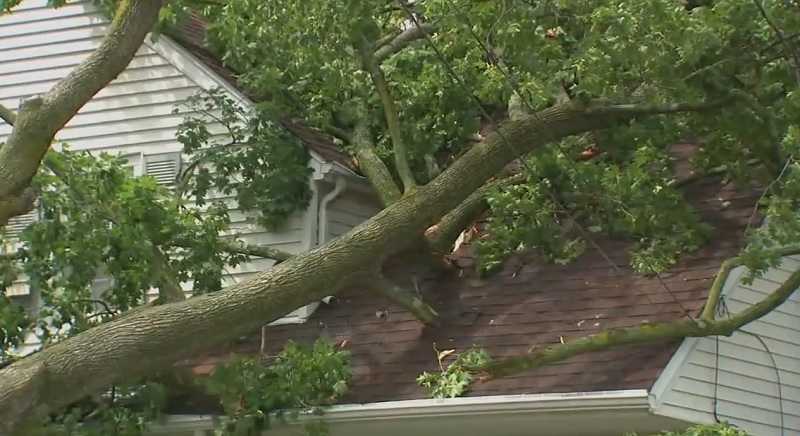In terms of material losses, water damage is one of the potentially worst and most frightening things that a homeowner has to worry about. As a term, “water damage” covers quite a lot of ground, and because of that, the actual damage it causes as well as the restoration costs can wary a lot. As one of the best-known public adjusters in Levittown and the nearby areas, we deal with different kinds of water damage issues on a daily basis, and wanted to share some insight into what water damage is and what it can do to your house.
Causes
There’s a multitude of things that can cause water damage, but the most common ones are broken pipes or hoses, broken appliances (washing machines, dishwashers, etc.), foundation cracks and plumbing problems like clogged toilets. In terms of external factors, floods and heavy rain and snow fall are responsible for a lot of water damages, especially to basements.
Classes and Categories
It’s crucial to know that water damage is assessed in both classes as well as categories. The category of the damage refers to the water itself, or in other words, how clean it is. Category 1 means that the water is clean and doesn’t create any kind of a threat to people or animals. Category 2 is when the water has been contaminated to an extent where drinking or otherwise ingesting it will be harmful to people or animals. And Category 3 means that the water is contaminated to the point of unsanitary, meaning that merely being near the water can cause problems.
The class of the water damage refers to material damage and how much repair is needed. Class 1 consists of the fairly harmless damage where not a lot of materials or substances have been affected by the water, nor have they absorbed a lot of the water. Class 2 means the damage has a quick rate of evaporation, meaning that the damage has been mainly to things like carpets and other textiles. Class 3 is used when, in addition, the water damage has reached things like walls and furniture. The worst damage is categorized as Class 4, which includes damage that requires extensive water removal followed by restoration and repair. It’s the kind of damage that ruins even plaster and concrete.



